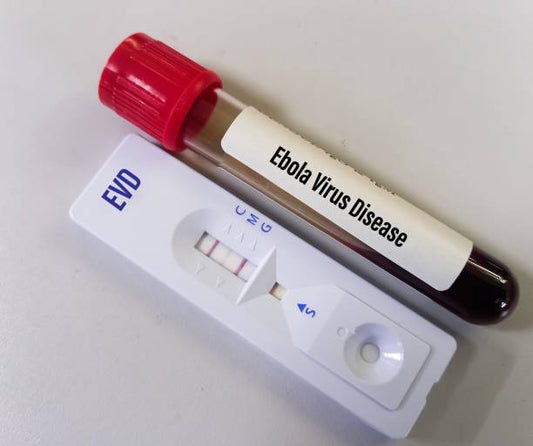Hypermetropia, also known as farsightedness, is a common vision condition that affects millions of people worldwide. Unlike myopia, which causes difficulty seeing distant objects, hypermetropia results in difficulty seeing objects that are close up. In this blog post, we will explore the causes, symptoms, diagnosis, and treatment options for hypermetropia.

Causes of Hypermetropia
Hypermetropia occurs when the eyeball is too short or the cornea is not curved enough, causing light to focus behind the retina instead of on it. This can cause distant objects to appear clear, but close-up objects to appear blurry. In some cases, hypermetropia may be present at birth, while in other cases it may develop later in life.
Symptoms of Hypermetropia

The symptoms of hypermetropia can vary depending on the severity of the condition, but commonly include:
-
Blurred vision when looking at close-up objects
-
Eye strain
-
Headaches
-
Difficulty focusing on close-up tasks, such as reading or using a computer
-
Squinting
-
Fatigue
Diagnosis of Hypermetropia
If you are experiencing any symptoms of hypermetropia, it is important to see an eye doctor for an evaluation. Diagnosis is typically made through a comprehensive eye exam, which may include a visual acuity test, a refraction test, and an eye health evaluation.
Treatment of Hypermetropia
Hypermetropia can be treated with corrective lenses, such as glasses or contact lenses, which help to refocus light onto the retina. Depending on the severity of the hypermetropia, some people may only need to wear glasses or contact lenses for certain activities, such as reading or using a computer. Others may need to wear corrective lenses all the time.
In some cases, refractive surgery may be an option to correct hypermetropia. The most common types of refractive surgery for hypermetropia are LASIK and PRK, which use lasers to reshape the cornea and improve vision.
In conclusion, hypermetropia is a common vision condition that can be effectively treated with corrective lenses or refractive surgery. By recognizing the symptoms of hypermetropia and seeking a diagnosis and appropriate treatment, you can help maintain clear vision and prevent eye strain and fatigue. Remember to consult with an eye doctor for individualized advice on managing and treating hypermetropia.
Home Remedies to cure Hypermetropia
While there is no cure for hypermetropia, there are some home remedies that may help prevent the progression of the condition and alleviate its symptoms. It is important to note that these remedies should not replace a visit to an eye doctor, as only a professional can provide a proper diagnosis and treatment plan.
-
Eye Exercises: Regular eye exercises can help improve blood circulation to the eyes and strengthen the muscles that control the lens. One exercise is to focus on an object at arm's length, then slowly bring it closer to the face while keeping it in focus.

-
Proper Nutrition: Eating a well-balanced diet that is rich in antioxidants and vitamins can help support overall eye health. Foods such as leafy greens, citrus fruits, and nuts contain nutrients like lutein and zeaxanthin, which may help prevent eye diseases.
-
Adequate Sleep: Getting enough sleep is important for overall health, but it can also help alleviate eye strain and fatigue. It is recommended to aim for 7-8 hours of sleep per night.
-
Reduce Screen Time: Excessive screen time can contribute to eye strain and fatigue, which can worsen hypermetropia symptoms. It is important to take regular breaks and practice the 20-20-20 rule, which involves looking away from the screen every 20 minutes at an object 20 feet away for 20 seconds.
-
Correct Lighting: Proper lighting can help reduce eye strain and improve vision. It is important to have adequate lighting when reading or working on close-up tasks, and to avoid glare or reflections.












